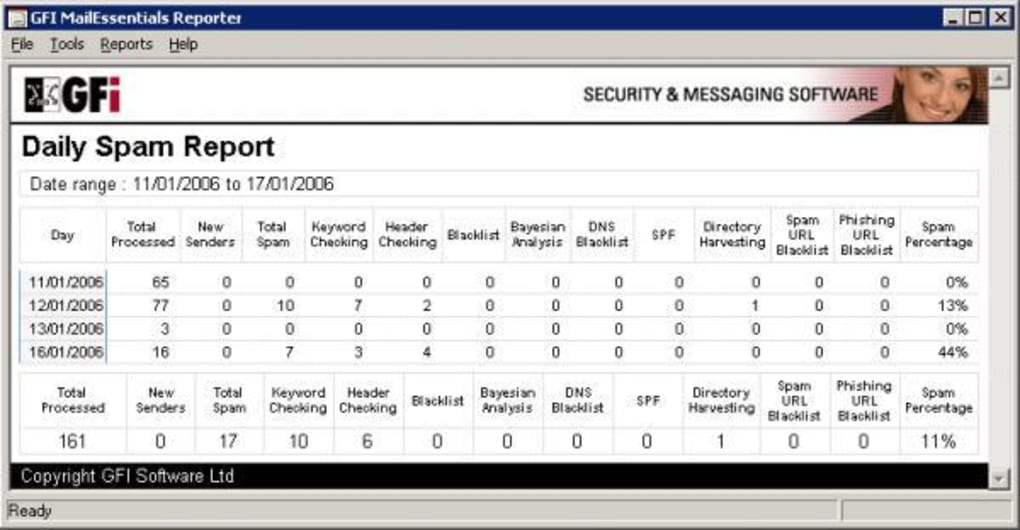

Go to: Organization Configuration > Hub Transport > Transport Rules.This method is flexible and powerful enough to allow you to process these spams in pretty much any way that suits you and is totally safe too! I finally cracked it tonight with the following "Transport Rule" in Exchange. Since ESET narrowed down the problem and issued their work-around earlier today, I've tried various other fixes in an attempt to find one that is acceptable for my environment until a long term fix can be put in place. DOH! Should have realised that would be the case! However, it soon became apparent that this wasn't working, presumably because Exchange isn't writing to the headers, so of course it doesn't write the Blocked Sender message on the message. I tried creating the Sender Filtering for an email address called "" and set it to "Stamp Message as Blocked Sender" (since I also wasn't keen to reject these messages without knowing what effect it would have). This is an Exchange option (see here: hxxp:///en-us/library/bb125179(v=exchg.141).aspx)Since we get too many false positives to make me happy to use the first suggestion, that only left the second. This works correctly but there is a risk of deleting a valid message.Ģ) Enable Sender Filtering and "Block messages that don't have sender information". You can use the following workarounds for the time being (use one or the other):ġ) Configure EMSX to delete spam instead of quarantining it.


 0 kommentar(er)
0 kommentar(er)
